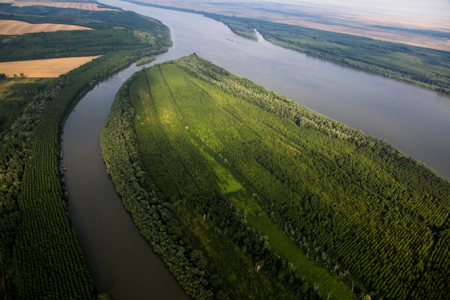Image:

Resource description:
A family of techniques which use individual respondents statements about their preferences to estimate change in utility associated with a proposed increase in quality or quantity of an ecosystem service or bundle of services. Respondents are presented with one or more hypothetical policy or project scenarios that lead to a specified environmental change compared to a baseline situation. The answers respondents give, in the form of monetary amounts, ratings, or other indications of preference, are scaled following an appropriate model of preferences to yield a measure of value of the proposed ecosystem service change. This value is often monetary expressed as peoples willingness to pay.
Author/Contact:
Publication date:
Requirements:
- Need to collect lots of new data (e.g. valuation based on surveys)
- Advanced software knowledge required
- High-demanding (more than 12 PMs)
Advantages:
- recognised and established approach within environmental economics
- covers wide range of ES, use and non-use values. Trade-offs between ES and a few other context characteristics can be evaluated using choice experiments
- highly flexible in terms of definining management and policy scenarios
Constraints:
- Rational choice assumptions and biases
- respondents may hold norms and moral commitment to their environment that they are not willing to trade against prices in monetary exchange
- difficulties in communicating multiple ecosystem functions in valuation scenarios
Licence:
- Free, no licence
Development stage:
- Full, working product
Resource link:
Resource download:


